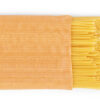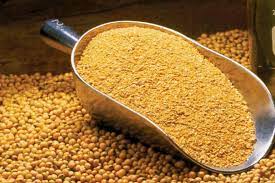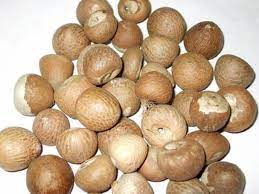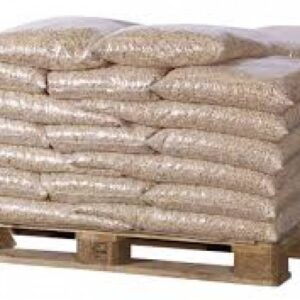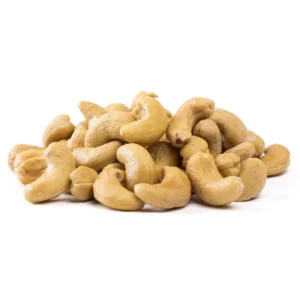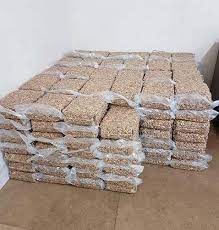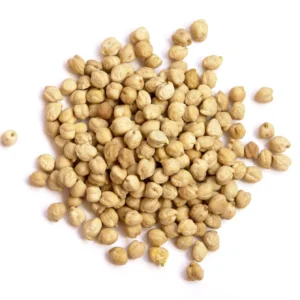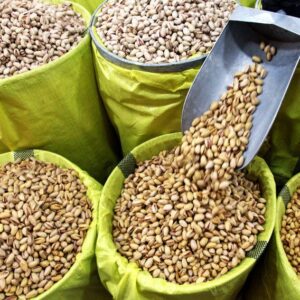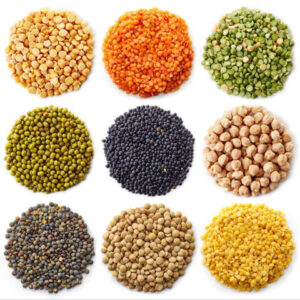Soybean meal is the most important protein source used to feed farm animals. It represents two-thirds of the total world output of protein feedstuffs, including all other major oil meals and fish meal (Oil World, 2015). Its feeding value is unsurpassed by any other plant protein source and it is the standard to which other protein sources are compared (Cromwell, 1999). While it has been an accepted part of livestock and poultry diets in the USA since the mid-1930s (Lewis et al., 2001), soybean feed production took off in the mid-1970s and then accelerated in the early 1990s due to a growing demand from developing countries. The expansion of aquaculture and prohibitions on the feed use of slaughterhouse by-products have also fueled the demand for this high-quality source of protein (Steinfeld et al., 2006).
Soybean meal is the by-product of the extraction of soybean oil. Several processes exist, resulting in different products. Soybean meal is usually classified for marketing by its crude protein content. High-protein types are obtained from dehulled seeds and contain 47-49% protein and 3% crude fibre (as fed basis). Other types of soybean meal include the hulls or part of the hulls and contain less than 47% protein and more than 6% crude fibre. In solvent-extracted soybean meals, the oil content is typically lower than 2% while it exceeds 3% in mechanically-extracted meals (Cromwell, 2012).
Soybean meal is available worldwide. In 2014, soybean meal production reached 243 million tons and accounted for 62.5% of oil meals (Soybean Meal Info Center, 2018). Main producers were China (76 MT), the USA (44 MT), Argentina (33 MT), Brazil (33 MT), and the EU-28 (12.5 MT). Main exporters were Argentina and Brazil (Oil World, 2015). The EU-28 was the most important importer of soybean meal (22 MT) followed by South-East Asian countries like Indonesia, Malaysia, Thailand and the Philippines (Oil World, 2015). In the EU-28, soybean meal represented 61% of the proteins used to feed livestock, 16% of compound feeds, and an amount of 24 MT (Booth, 2015). In the region, the demand for partially defatted soybean meal from labelled non-GMO soybean was reported to be about 10% of the total amount of imported soybean equivalent (3.4 MT). This demand also addresses the need for organic farming, or locally produced soybeans in 2020 in the EU (Royer et al., 2020).
There are 3 main processes to extract soybean oil:
- The most common process consists in extracting oil from soybean flakes by solvent. In the USA, virtually all soybeans (99%) are solvent-extracted. This method is the most efficient and about 1.5% oil is left in the resulting soybean meal.
- The second method consists in a mechanical extraction by a screw press (expeller). This method yields less oil and a soybean meal containing more than 5% residual oil.
- The third method combines extruding and expelling of soybean flakes, and uses solvent for oil extraction (Johnson et al., 2018).
Before extraction, the soybean seeds undergoes differents treatments aimed at increasing oil extraction and soybean meal quality (Johnson et al., 2018; Dunford, 2012).
Pre-extraction treatments
Cooking
Cooking the seeds has positive effects on: moisture conditioning of seeds and easing dehulling, oil viscosity reduction, increasing plasticity of seed, breaking of cell walls, protein clotting by denaturation, sterilization and deactivation of thermosensitive enzymes, and destruction of thermolabile antinutritional factors (ANFs) (Dunford, 2012; Laisney 1992).
Crushing and flaking
Crushing and flaking operations promote solvent extraction step by changing the permeability of the soybean flakes (Dunford, 2012).
Dehulling
Dehulling is a facultative process that separates the oil-rich kernel from hulls which represents 8% of the seed and are mainly fibrous containing limited amount of oil. Dehulling also removes antinutritional factors.
Extraction processes
Solvent extraction
In the solvent extraction process, soybeans are cracked, dehulled (optional), heated, flaked and passed (or not) through a kind of extruder called an expander. The expander produce a porous pellet with increased cell rupture and greater density. This makes oil extraction by solvent easier (usually hexane but extraction with ethanol or with mixtures of hexane and ethanol are also possible) (Dunford, 2012). The use of the expander reduces the quantity of solvent required. The extraction is done by percolation of solvent through a bed of flakes (expanded or not): the lipid material is solubilised with the solvent, the mixture percolates and is collected separately. The extracted flakes called spent flakes are further dried to eliminate the solvent, then toasted and ground. The soybeans may be dehulled prior to extraction, and the hulls may be added back at the end of the process. If the hulls are not added back, the defatted soybean meal contains 48% crude protein and no more than 1.5% oil. This resulting meal is called high protein meal. The toasting of soybean meal after desolventation increases soybean meal digestibility as it removes urease and trypsin inhibitors (Johnson et al., 2018).
Mechanical extraction
Screw pressing
In the mechanical process, the soybeans are cracked, dried, heated (steamed) and fed to a mechanical press (screw press), then the resulting flakes are dried and ground. The heat generated by the friction of the screw press destroys the anti-nutritional factors in raw soybeans. These specialized meals have higher levels of residual oil (energy), lower protein contents, greater rumen by-pass values, and they are more palatable than other oilseed meals. They are valuable in dairy rations to balance the amino acids supplied by alfalfa forage, or corn-based by-products (Johnson et al., 2018). The extracted flakes may be further refined into soybean flour and isolates that have specific feed and food applications.
Extruding/expelling
Extruding/expelling is a variation of mechanical extraction. Soybean flakes are fed to a dry extruder and do not require steaming. After dry extrusion, the meats are passed through a screw press to extract the oil. This process can be done at small scale in farm facilities and are much appreciated for labelled non-GMO soybean, for organic farming, etc. There are many variations of these processes, notably treatments that improve the rumen by-pass protein value of the meal for ruminants, including combinations of heating, mechanical and chemical treatments (Johnson et al., 2018).
Removal of antinutritional factors and improvement of protein solubility
While conventional extraction of oil from soybeans seeds is effective in removing ANFs, this is not true for mechanical treatments that do not use high temperatures. Extruding prior to pressing may help solving this issue in expeller soybean meal as it removes as much ANFs as conventional solvent extraction (Blair, 2008).
Pre-extraction treatments of expeller soybean meal
Physical/thermal treatments
A variety of physical/thermal treatments can be used to remove ANFs in expeller soybean meal. In France, combinations of dehulling, flaking, and cooking as been reported (Quinsac, 2015). The overall choice of extraction process is guided by technico-economical evaluation. In places where only small amounts of soybeans must be crushed, both processes of extruding-expelling and screw pressing can be valuable, they can be precedented by cooking treatments (Quinsac et al., 2015).
Tail-end treatments
Enzyme addition and fermentation
Enzyme addition and fermentation of soybean meal have been done in order to remove antinutritional factors like NSPs and antigenic proteins from soybean meal but these treatments resulted in inconsistent improvements of soybean meal nutritive value (energy and digestibility of aminoacids) in monogastric animals (Navarro et al., 2017; Sotak et al., 2014; Cervantes-Pahm et al., 2010; Graham et al., 2002).
Fine grinding
Fine grinding (also described as “micronization”) of soybean meal and of full-fat soybean have been reported to increase ileal digestibilities of amino acids of those products in broilers. The fine grinding of soybean meal result in higher amino acid digestibilities than those of full-fat soybeans (Valencia et al., 2009).
The high phytate content of soybean meal requires supplementation with inorganic sources of phosphorus in monogastric animals. Dietary P in excess of animal requirements is excreted into the environment and becomes an environmental pollutant (Dilger et al., 2006).
The high digestibility of the amino acids of soybean meal in diets for monogastrics and the high content of lysine allow the formulation of diets that contain less total protein than with other protein sources and less excess nitrogen in the feed, thereby reducing nitrogen excretion into the biosphere (Pettigrew et al., 2008).

